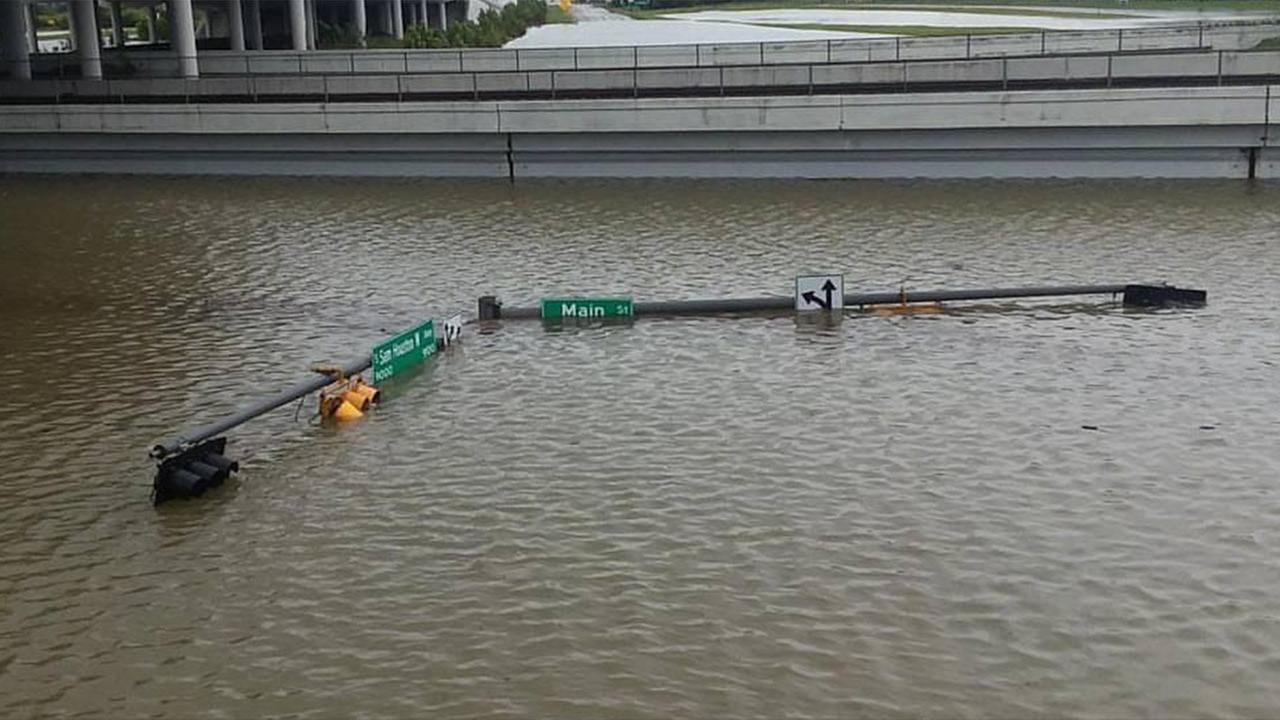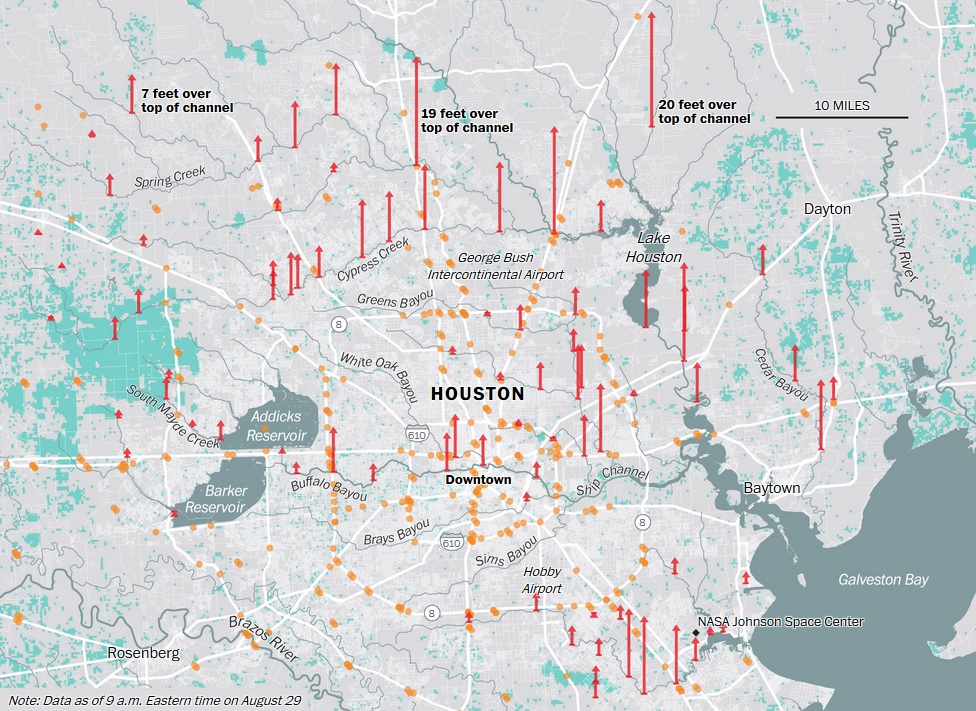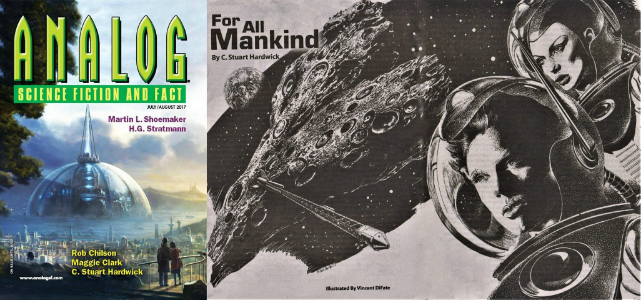I often see people asking the question, why haven’t we gone back to the moon, sometimes accusingly, as if that somehow implies we never went at all. We went, and we’ve sought in the decades since never to engage in such a race again, largely because those in the position to fund such a race have seen the bill for the last one.
During the 1960’s the space program consumed 5% of the federal budget—competing with the expensive cancer of war in southeast Asia. It needn’t have been so, but the race to beat the USSR gave the moonshot the character of a wartime weapons procurement program—sufficient to do the job, but damn the expense. That was sort of the point. It gave the electorate new heroes to rally around and helped transition America’s post war industrial economy into a technological powerhouse. It also taught us how hard space flight really is—especially manned spaceflight—and in our national exuberance, made it seem even more expensive than it needed to be. We built the space flight equivalent of the SR-71 spy plane (mission capable, but expensive and custom made) where we needed a DC3 (mass produced but adaptable) and only knew how to actually build the Wright Flyer. Congress didn’t quite appreciate how much we were biting off.
The program did what it was hoped it would. Even as a controversial war and deteriorating race relations pulled America apart, Apollo bound us together, not just with each other, but with everyone else on the planet. One could arg
ue that this alone was worth the price of the program, but we did get a bit carried away. NASA had designed Apollo to meet Kennedy’s mandate, but they spent money on studies of follow on lunar bases, space stations, LEM-derived space freighters, and upgrades to Saturn that from an economic perspective, made as much sen
se as a fleet of disposable battleships. Meanwhile, the Space Nuclear Propulsion Office had developed and tested an atomic thermal rocket and was advocating to have it developed into an atomic third stage for the Saturn, to send man to Mars in the 1970’s.
Having seen the ballooning costs so far, Congress was horrified. We had already “won” as far as they were concerned, having gotten to the moon and back, and now we risks snatching defeat from the jaws of victory. Everything else (including the science) was just more dollars and danger. This, I believe, left congress with a “bad aftertaste” that lasted well into the 1990s. Sure, they thought, NASA can do great things, but who can afford them? NASA negotiated a compromise. They traded their grandiose dreams for Skylab and the Shuttle, with the hopes that this would lead to and justify a later station, and from there…
In hindsight, it’s hard to see how NASA planners, faces with dwindling interest and funding in the 1960s, thought anything they could achieve in low Earth orbit would restore the interest and the funding of their gravy days in the lead up to Apollo 11. In retrospect, they might have done better to set themselves a vision much more humble, but in its own way just as lofty, as the moonshot: developing economical space flight technology. Alas, they were given what they asked for—the shuttle—morphed by committee into a sort of Swiss-Army Knife relaunchable space station that ultimately may have done as much to reinforce our national sense of sticker shock as to advance the final frontier.
So when subsequent presidents have sought to challenge NASA with bold new missions…the funding has never materialized. Partly that’s lack of political commitment. Partly, though, it’s because LBJ is gone. Kennedy proposed the moon landing, and ultimately Kennedy is the one who initiated international cooperation in space, but more than anyone else, Lyndon B. Johnson championed the moon landings. According to NASA insiders, it was LBJ who, when Kennedy was fishing for a win in space, told Kennedy to send a memo officially asking him—as vice president—for ideas. It was in response that he (LBJ) suggested the moon landing. And after Kennedy consulted with the experts, it was LBJ who strong-armed congress into writing the checks. It was said of LBJ, “Nobody wanted to say no to LBJ. He knew everyone on the hill, and he knew where all the bodies were buried.”
The Cold War was over, and we both won and lost. We won by using the power of capitalism to spend the hard line communists controlling the USSR under the table in history’s greatest economic drinking competition. We lost by failing utterly to help Russian moderates—who had known this was inevitable for decades—to transition their country into a strong, stable, nation with the same incentives to innovation, but also the same controls against corruption and excess we had come by through hard knocks.
The moon landings were arguably the greatest thing ever done for the wrong reasons. We, as a nation, did it right, even carrying along rovers and a geologist. Sure, Congress wanted to put a thumb in the eye of the Kremlin, but America, from Kennedy down to the people, saw that for the first time since humans first walked out under that glowing thing in the sky, we could dare to go there. So we did. That was the good part. The moon landings not only inspired the generations who participated, but every generation since. They also paid dividends that are far less visible but far more important than the oft-touted spin-offs like CFL lighting and the acceleration of microcomputer research.
The Apollo program required “rocket science” of over 1,500 companies throughout the US economy, from brassiere makers to foundries. The high-tolerance, high reliability engineering and manufacturing controls developed for and disseminated by the space program now inform all of manufacturing, from flat-pack furniture that goes together the first time and every time, to cars that don’t rattle and that can drive 150,000 miles without a tuneup, to pocket computers 10,000 times more powerful than those that went to the moon. The race was the bad part. It made everything far more expensive than it might have been. But…maybe that’s the way it had to be. Something else the space race did was illustrate with crystal clarity how, despite the creative capacity unleashed by free enterprise, despite the inefficiencies often inherent in centralized control, sometimes greatness requires both. At the moment, NASA seems to get that, and is embracing its role as a foil and champion of commercial innovators, even while working on the next great booster—beyond the reach of commercial interests.
The last thing we need is another space race. Let’s take our time. And this time, when we get there, when we press human feet against another world, let us stay.
















